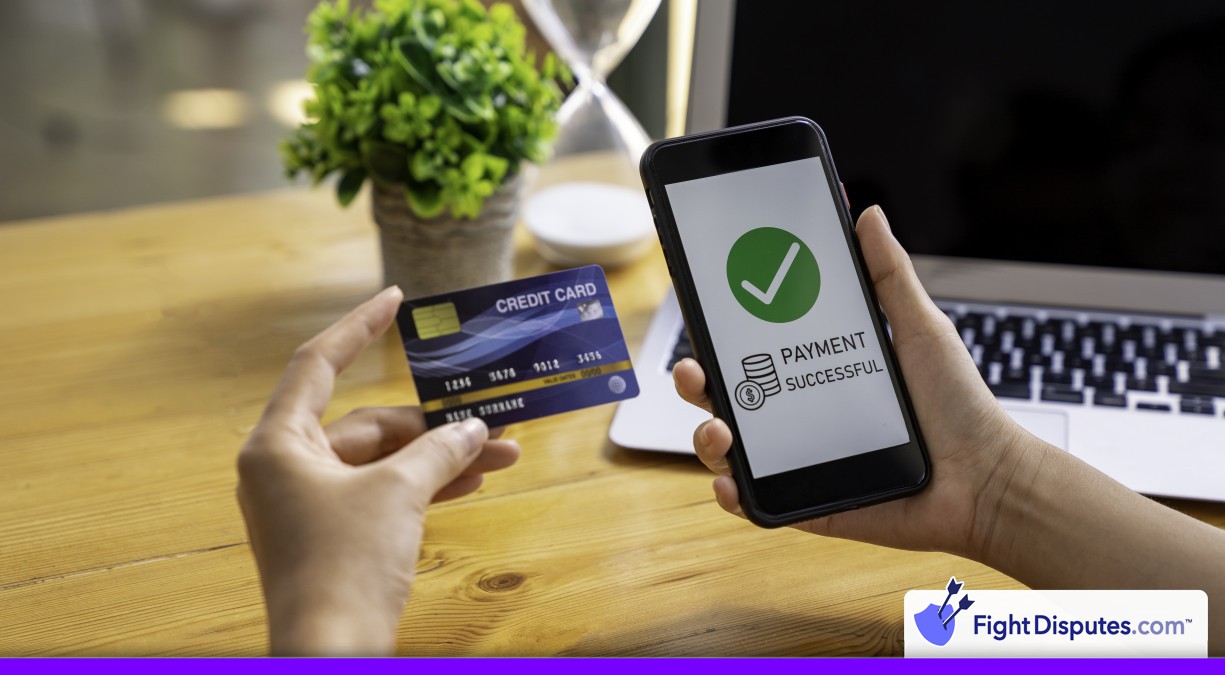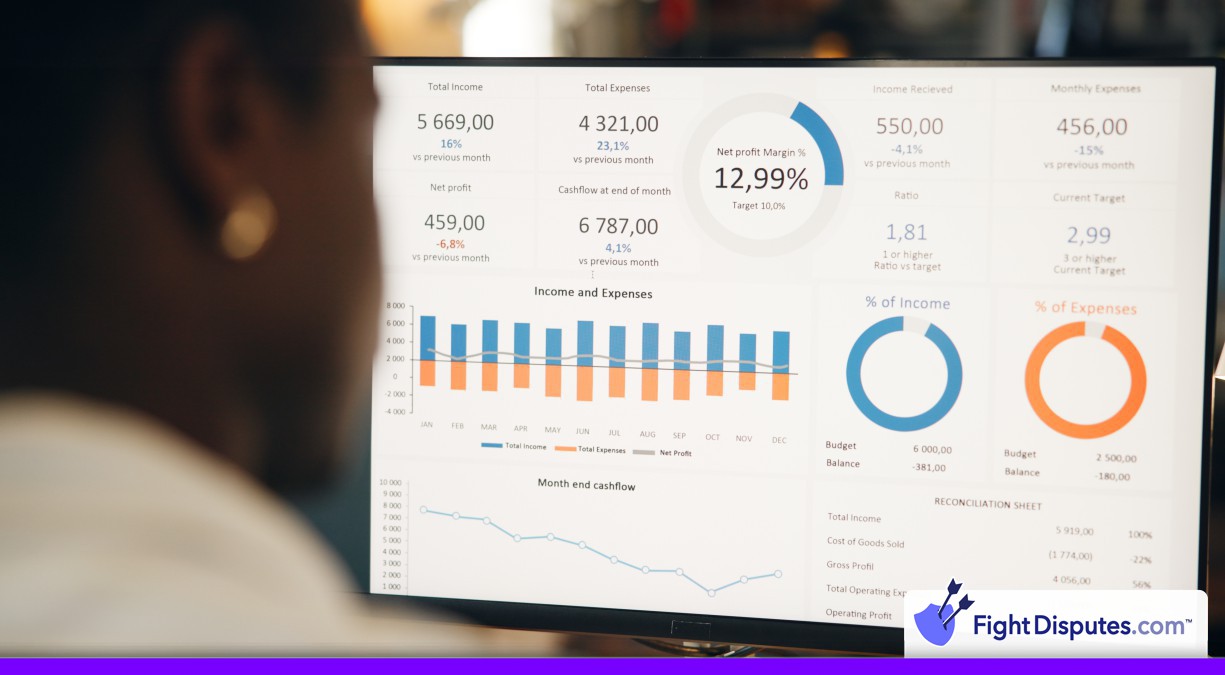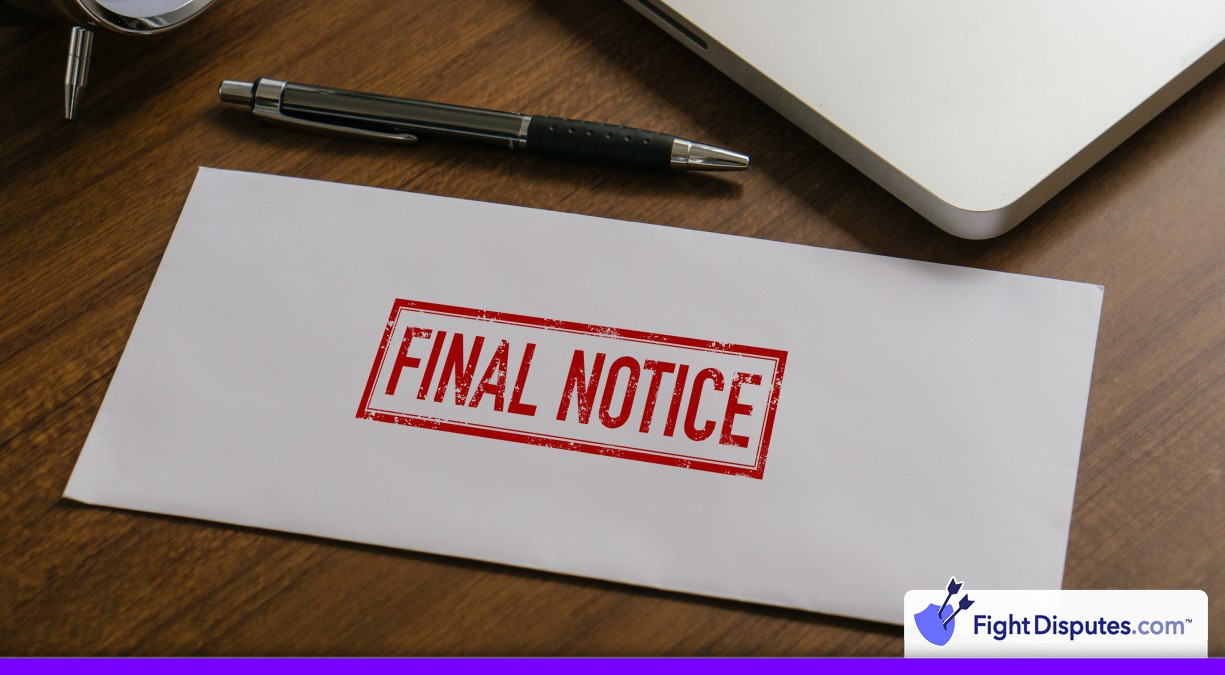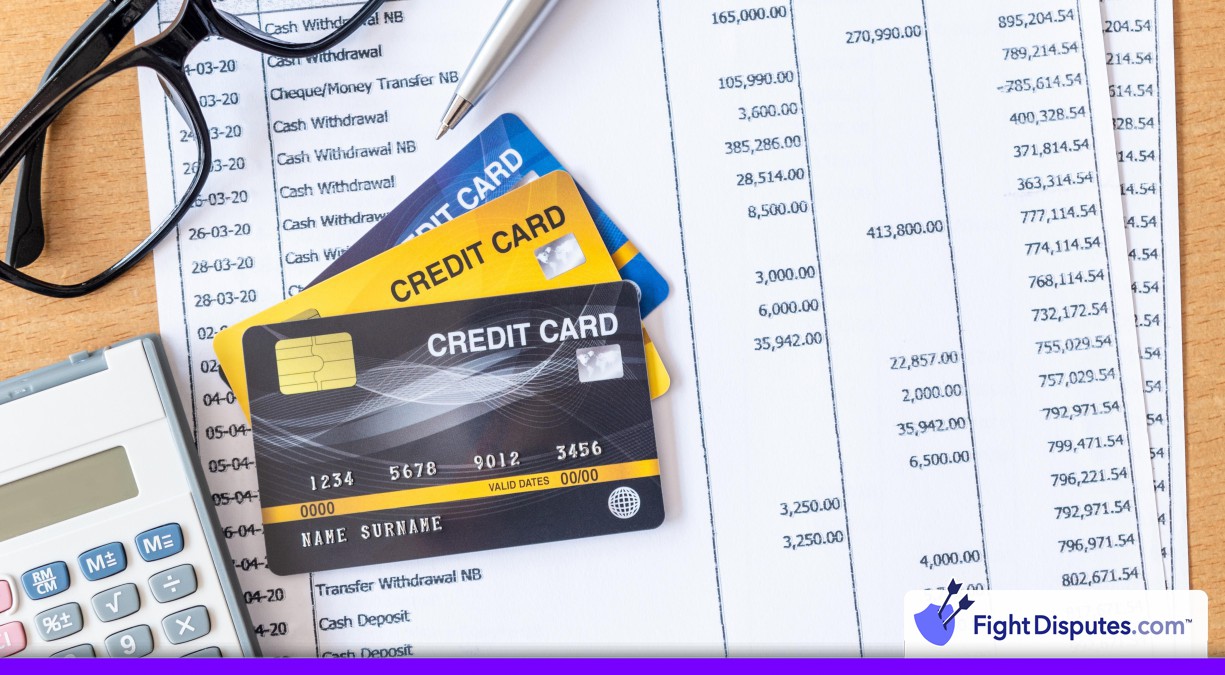What Happens When Your Chargeback Ratio Hits 1%?
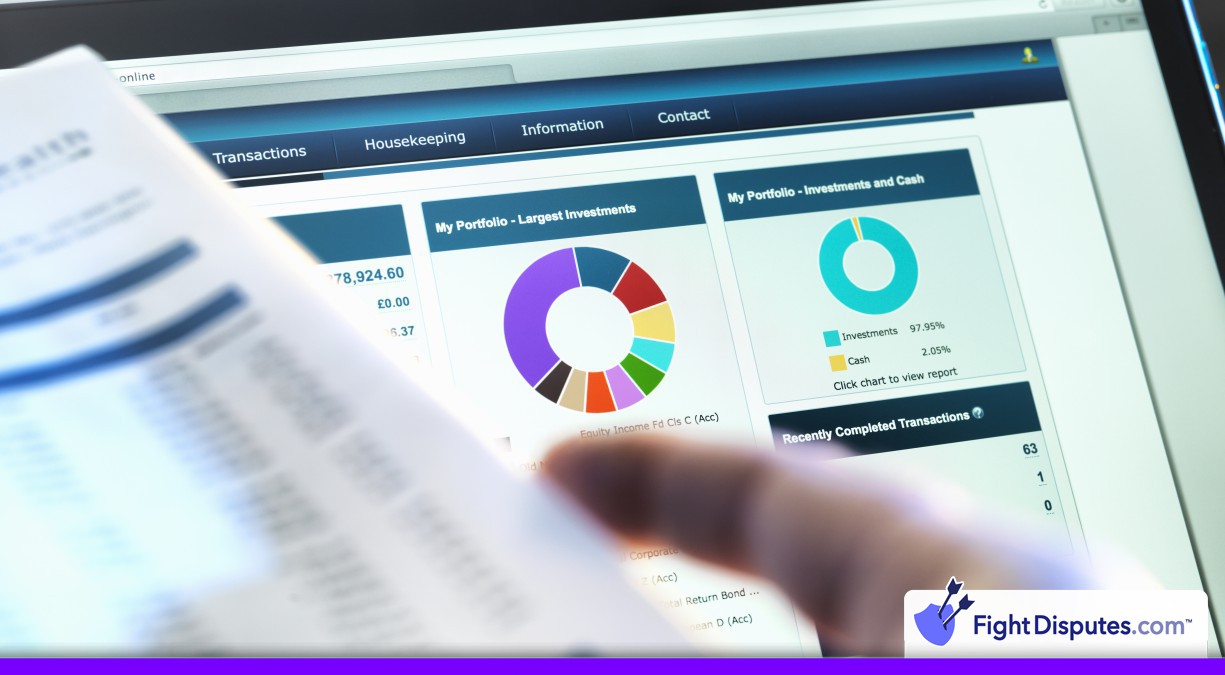
It’s no secret that chargebacks are bad for a merchant. They’re an indication that something has gone wrong, and there has been a failure at some point along the way. Whether that means your system let a fraudulent transaction through, your customer service dropped the ball, or another issue, past a certain point it doesn’t matter.
While any chargeback is bad, things get much worse when your chargeback ratio hits 1% or higher.
Today, I wanted to go over everything you need to know about your chargeback ratio, what happens if it gets too high, and what you can do to both avoid that from happening and fix it if it does.
What is a Chargeback Ratio?
To a certain extent, chargebacks are going to be inevitable. There are a lot of possible reasons why someone might file a dispute and process a chargeback, and many of them are perfectly legitimate. Even in cases of fraud or friendly fraud, not everything will go your way.
Your chargeback ratio is a simple calculation of the percentage of your transactions that result in chargebacks. To calculate it, you divide the number of chargebacks by the number of transactions you processed, in a given amount of time. Multiply that by 100 for the percentage.
So, for example, if you processed 150 transactions in a week, and had one chargeback that week, you would divide 1 by 150, that results in 0.006. Times 100, that’s 0.6, for a 0.6% chargeback ratio.
If you get a second chargeback in that same week, it becomes (2/150)*100, which is (0.013)*100, or 1.3%.
Generally speaking, your payment processor will calculate this on a monthly basis, so you won’t be punished for a single excess chargeback during a slow week; by calculating on a longer stretch of time, variability in short-term transactions is evened out. In fact, there’s even more leeway; they often withhold punishment until you’ve surpassed the threshold for multiple months in a row.
Why is 1% a Bad Milestone?
The payment processors (most notably, Visa and Mastercard) have programs that monitor the chargeback ratios for their merchants.
- Visa recently renamed theirs to the Visa Acquirer Monitoring Program
- Mastercard’s is called the Excessive Chargeback Program
- American Express has their own classification system
- Discover levies an Excessive Dispute Fee
It’s pretty reasonable to not fully understand all of the nuances of these programs. Mastercard, for example, has a “chargeback guide” meant for merchants. It’s a 1,153-page-long PDF. Just try learning everything in that!
On top of all of that, the bank you use for your business accounts might also have their own classifications, thresholds, and fees on top of what the payment processors use.
Generally speaking, 0.9% is the top end of “acceptable” and once you hit 1%, you can be classified as high risk. These payment processors also have additional thresholds, usually around double that point again, so anything over 1.9% becomes excessive.
There can be variability here. Some businesses are classified as high-risk the moment they begin, if they’re in an industry that is considered high risk. Others might be granted more leeway, at least initially. And, of course, there are some industries the payment processors will refuse to deal with at all, mostly surrounding illegal goods and services.
You might have noticed a flaw with this system. Merchants with a low volume are much more vulnerable to just one or two chargebacks, while merchants with a high volume are less susceptible. The payment processors get around this by using other variables, such as per-industry chargeback thresholds that can vary, but help control for these factors.
So far, though, all I’ve said is that hitting 1% is bad because the payment processors say it’s bad. That’s true, and they’re the ones that wield the power here, but why is it bad? What happens if you hit 1% or higher?
What Happens if Your Business is Labeled High Risk?
When a payment processor monitoring your transactions decides that your business is high risk and enrolls you in their excessive chargeback program, whatever name it carries, you’re in for a hard time.
First of all, the fee they charge per-chargeback will go up. Chargeback fees are often a percentage of the disputed transaction, and that percentage can go up.
Secondly, your bank will likely assess fees as well. Your bank handles administrative tasks for chargebacks, and they’ll pass those costs on to you.
So, there’s your first punishment: a whole bunch of money you have to pay. That alone is reason enough to do everything in your power to avoid chargebacks, but I’ll get to that later in this post.
Along the way, you might be required to establish something called a Merchant Account Reserve. This is basically a financial cushion you have to maintain in your account, money you’ve earned but can’t touch, in case a chargeback needs to claw it back.
Third, if your chargeback ratio stays too high for too long, you risk having your account terminated by the payment processor. You’ll find it a lot harder to do business if suddenly Visa or Mastercard decides they won’t process your transactions anymore.
As if that wasn’t enough, you can be added to the MATCH list, otherwise known as the TMF: Terminated Merchants File. The MATCH list (which stands for Member Alert to Control High-risk Merchants list) is effectively a blacklist. It’s a list shared between payment processors. So, if you have a high chargeback ratio with Mastercard but a low one with Visa, if Mastercard cancels your account and puts you on the list, if Visa looks at the list, they can see that you’re high-risk in other ways and also cancel you.
Inclusion on the MATCH list can come for a variety of reasons and doesn’t guarantee that you’ll be cancelled by all of the payment processors, at least. It’s never a good thing to be on it, though.
So, at the bare minimum, you’ll end up paying a bunch of extra fees for all of the chargebacks that occur. At the far end, you can be entirely prevented from continuing to do business outside of alternative payment methods like cash, ACH, P2P methods like Apple Pay, or cryptocurrency transactions.
Needless to say, you want to avoid this happening if at all possible.
How to Avoid Hitting a 1% Chargeback Ratio
While I’m using 1% here as the indicator, it’s often better to aim for something even lower. You’ll realistically never maintain a 0% chargeback ratio, at least not for long, but aiming for under 0.65% is a good safe place to stay. Getting higher, in the 0.8% range, can put you at risk.
So, how do you avoid reaching that danger zone?
All you can do is take action to prevent chargebacks. Fortunately, you have a number of tools at your disposal to do so.
Use a Clear Identifier as a Merchant Descriptor
One of the biggest sources of friendly fraud is customers who don’t recognize legitimate transactions and freak out about them. This happens a lot more often if the record in their bank statement has an unusual name, or a name that isn’t aligned with your business.
Make sure the name matches your brand name or is reflective of the service you provide, so there’s no wondering what it is when they see it.
Use an Order Confirmation System
Order confirmations are a good first step in a process that keeps customers aware of the status of their order. The confirmation helps the customer remember that they made the order, keeps it in mind when they’re looking at their statement, and gives you an opportunity to clarify details like when the item will be shipped.
This is especially helpful for orders that may be made now but shipped later, including preorder items and items with lengthy production delays. The longer the time between order and fulfillment, the more room there is for a chargeback.
Gather Proof of Customer Participation
Maintain good records.
A chargeback doesn’t happen automatically. When a customer files a dispute, the payment processors and other entities involved begin an investigation, looking for signs that the transaction was fraudulent or that the customer has a good reason not to carry the charge.
You have an opportunity in this process to provide your evidence that the transaction was legitimate. Proof of customer participation can include validation actions like using the CV2 for validation, maintain order history for users even if they don’t register an account, maintain records of signed receipts, and even the outcome of tracked shipping.
Being able to provide proof to the payment processors can help turn a dispute into a cancelled dispute, if they rule in your favor. It’s not exactly the most common outcome, and you can’t prevent all chargebacks this way since some are legitimately fraudulent, but you can help prevent friendly fraud this way.
Use Fraud Prevention Tools
You have a wide range of fraud prevention tools available to you, both from the payment processors themselves, and from other entities throughout the payment ecosystem, such as Authorize.net’s AFDS.
These tools give you a lot of different options to help detect and prevent fraudulent transactions. They definitely require time, learning, and iteration to dial in the settings so you prevent fraud but don’t stop legitimate transactions, but it’s very much worth the investment.
Analyze Chargeback Data
Part of properly using a fraud prevention tool is knowing how to configure the settings, and that means analyzing your data from current transactions and existing chargebacks. There are a few stand-out analyses you can perform to give you this insight.
- Look to see if there’s a common marketing channel that attracts fraudulent transactions, such as particular display ad campaigns.
- Look for commonalities in cardholder country or location that lead to more chargebacks.
- Check to see if a particular card issuer is more frequently the cause of fraudulent charges.
- Check if particular products are more often the subject of fraudulent purchases.
You can use information like this to take actions such as put limits on transaction velocity, raise prices on cheap products so they’re less attractive for card theft validation purchases, or prohibit transactions from geographic or IP address ranges that have high percentages of fraud.
Provide Proactive Customer Service
Many chargebacks only occur because of a failure in your customer service. Users will more often than not try to contact you to have their issue sorted out. If you have roadblocks in the way, such as tier 1 support agents with no power and no knowledge, or a chatbot that is frustrating to work with, or business hours that make you impossible to contact, or even just an overly draconian refund policy that prevents taking action, the customer is going to take their next best recourse.
The better your customer service is, and the more willing you are to issue refunds when it’s warranted, the better off you’ll be. After all, with a refund, you might lose the product and the money from it, but with a chargeback, you lose those plus additional fees and risk.
Don’t Panic if Your Ratio Hits 1%
Having a high chargeback ratio can be scary, and the risk of excessive fees and eventual account cancellation can drive you to take rapid action that might not serve your goals.
The good news is, in all but the most high-risk industries (in which case you already probably had that designation), you need to have a high chargeback ratio for multiple sequential months for it to put you in trouble. If and when it happens, you can follow the other tips on this list to find out why and refine your anti-fraud measures to get it back down before it damages your account.
Use the FightDisputes.com System
Another great option is to use the anti-chargeback system I’ve built specifically to solve the issue of too many chargebacks.
FightDisputes works through a direct connection with the payment processors. When a customer files a dispute, we put a hold on it and notify you directly. You can then contact the customer and offer a refund instead, or even have our managed replies system do it for you.
If the customer accepts, the refund is processed, the dispute is cancelled, and no chargeback happens. Your chargeback ratio remains safe, your customers leave with a slightly better experience than they expected, and everybody wins.
 Call (844) NO-DISPUTES
Call (844) NO-DISPUTES

